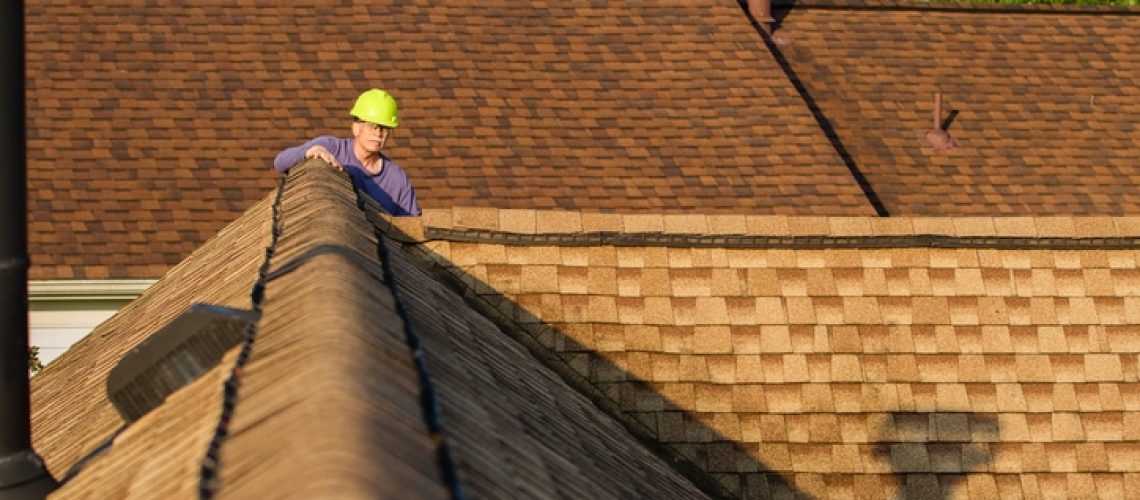Living in a cold climate, especially during the harsh winter months, poses unique challenges for homeowners, and one critical aspect often overlooked is the health of the roof. Your roof is the first line of defence against the elements, and in cold climates, it endures extreme temperatures, heavy snow loads, and the potential for ice dams. To ensure your home stays warm, dry, and structurally sound, checking the health of your roof regularly is paramount. In this comprehensive guide, we will explore the reasons why evaluating roof health in cold climates is crucial and how regular inspections can save you from costly repairs and ensure the longevity of your roof.
Early Detection of Cold-Related Issues
Cold climates bring specific challenges that can impact the health of your roof. Ice dams, for instance, can form when snow on the roof melts and refreezes at the eaves, causing water to pool and potentially seep into your home. Regular inspections can identify early signs of ice dams, allowing for proactive measures such as improving insulation and ventilation to prevent their formation.
Assessing Snow Load Capacity
In cold climates, heavy snowfall is a common occurrence, and the weight of accumulated snow can strain your roof’s structural integrity. An annual roof inspection assesses your roof’s load capacity and identifies any areas where snow accumulation might pose a risk. This information is crucial for homeowners to take preventive measures, such as snow removal or structural reinforcements, to avoid potential collapses.
Preventing Leaks and Water Damage
Winter brings not only snow but also freezing temperatures, and the freeze-thaw cycle can take a toll on your roof. Small cracks or vulnerabilities in the roofing material can lead to leaks when snow melts during warmer days. Regular inspections can pinpoint these vulnerable areas and allow for timely repairs, preventing water damage to your home’s interior.
Checking Insulation and Ventilation
Proper insulation and ventilation are crucial in cold climates to maintain a consistent temperature in your attic and prevent the formation of ice dams. During an inspection, roofing professionals can assess the condition of insulation, ensuring it is adequate and not compromised.
Extending Roof Lifespan
Cold climates can be particularly harsh on roofing materials, causing them to age more rapidly. Regular inspections help identify worn-out or damaged shingles, flashing, or seals. Addressing these issues promptly can extend the lifespan of your roof, saving you from the inconvenience and expense of premature replacement.
Assessing Environmental Impact
Cold climates often come with environmental challenges such as heavy winds and storms. Regular inspections provide an opportunity to assess the impact of these weather events on your roof. Loose or damaged shingles, displaced flashing, or compromised seals can be identified and repaired promptly, preventing more extensive damage during the next storm.
Planning for Seasonal Changes
Cold climates like Alberta experience distinct seasons, each presenting its own challenges for your roof. Regular inspections allow you to plan for seasonal changes effectively. Whether it’s preparing for heavy snowfall in winter or ensuring your roof is ready for the transition to spring, staying ahead of these changes ensures your roof remains resilient throughout the year.
To Conclude
Evaluating roof health in cold climates is a proactive and essential step for homeowners looking to protect their investment and ensure a safe and comfortable living environment. Regular inspections, ideally conducted annually or after severe weather events, provide a comprehensive assessment of your roof’s condition. Addressing issues promptly can save you from costly repairs, prevent water damage, and extend the lifespan of your roof. As winter approaches, consider scheduling a professional roof inspection to fortify your home against the challenges of cold weather and secure peace of mind throughout the season. If you’re looking for a trusted professional company in Calgary for your next roof health check, feel free to reach out to us!


